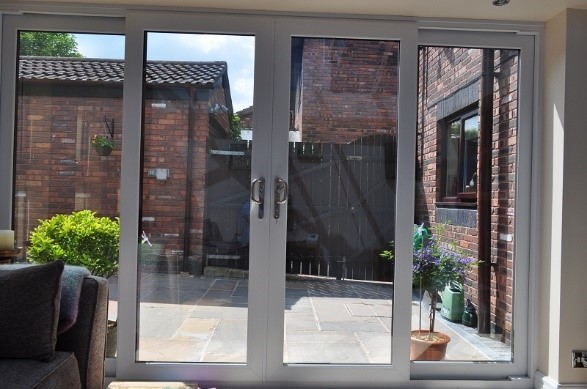
Reflective Window film is a fantastic way to add privacy and control the view through glazing. There are various types, shades, and grades. They are a simple addition, and are regularly used in offices, reception areas, security huts, and even in the home.
How does Reflective window film work?
Reflective window film can give glass the capability to act as a one way mirror, but it is the surrounding lighting conditions that actually dictate whether the mirror effect will work and the strength of the mirror.
As you know from at home, standard glass already produces somewhat of a one way mirror effect. The side with the most light is the side that will see a mirror, whereas the other side will be able to see through. During the day you can see outside but passers-by struggle to see in. Of an evening, the effect is reversed, as it is dark outside and the lights are on inside. People can see in and you see your reflection.
Window Film works in exactly the same way, by enhancing this property. The greater the light difference, the stronger the mirror effect will be. When the ratio is smaller (similar light levels on both sides) we get ghosting, whereby it partially works both sides. The key point is that the film is only part of the process, as lighting conditions play a controlling role.
Many window films can produce a one way mirror effect. As a general rule, the darker and more reflective the film, the stronger the one way mirror effect will be, and the lower the lighting difference you will need before it becomes apparent.


